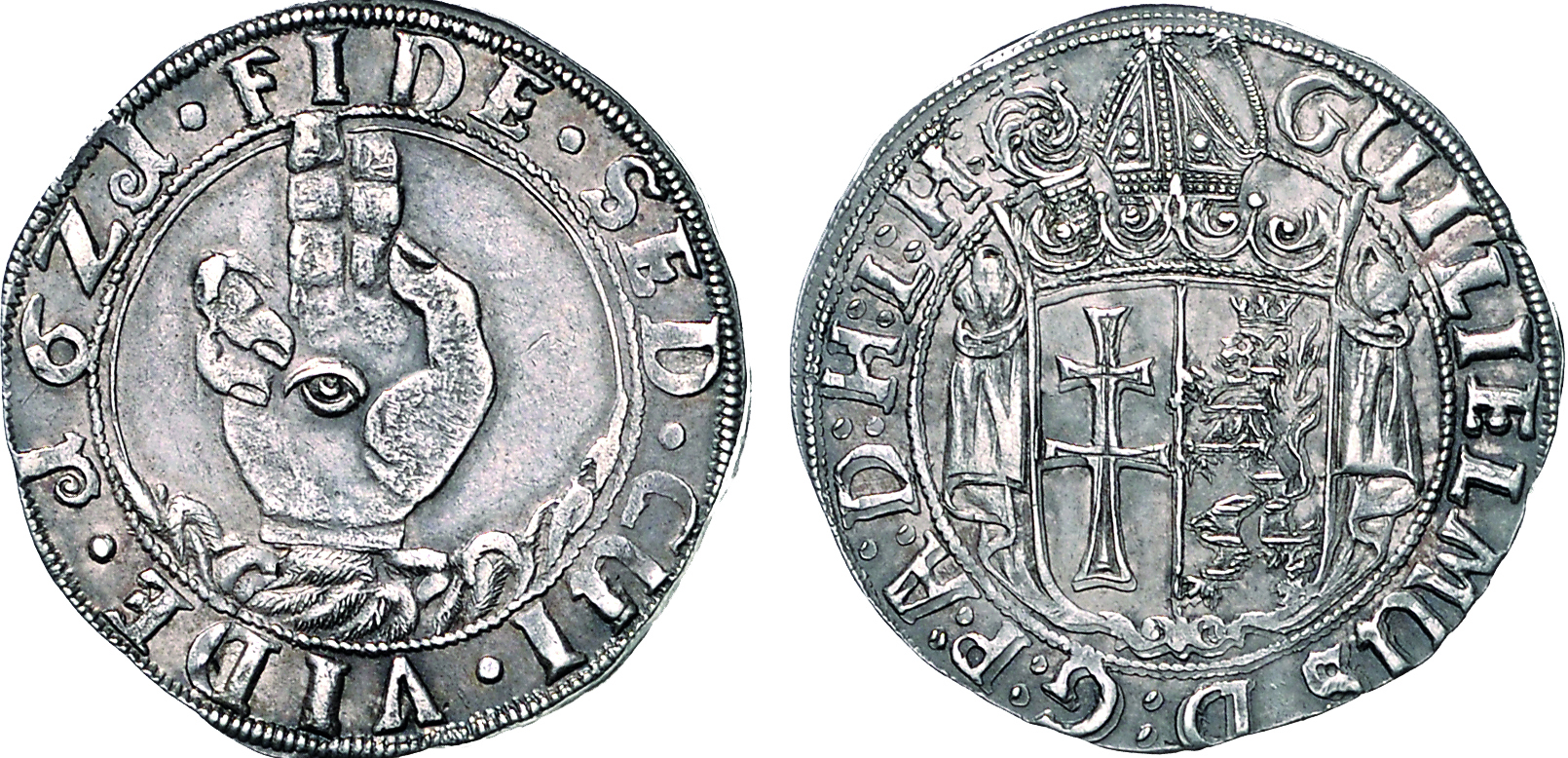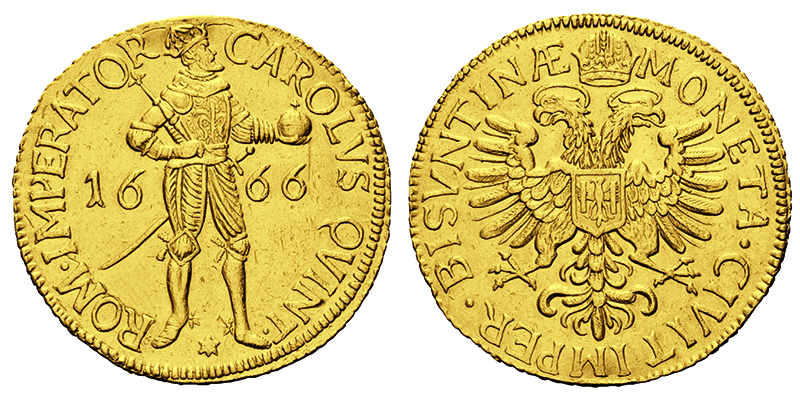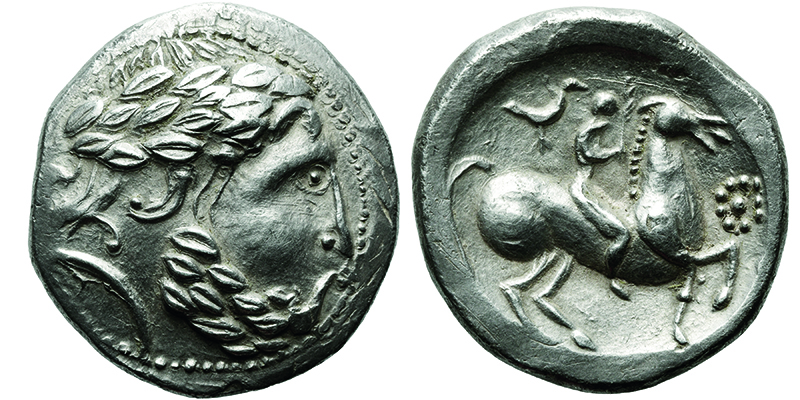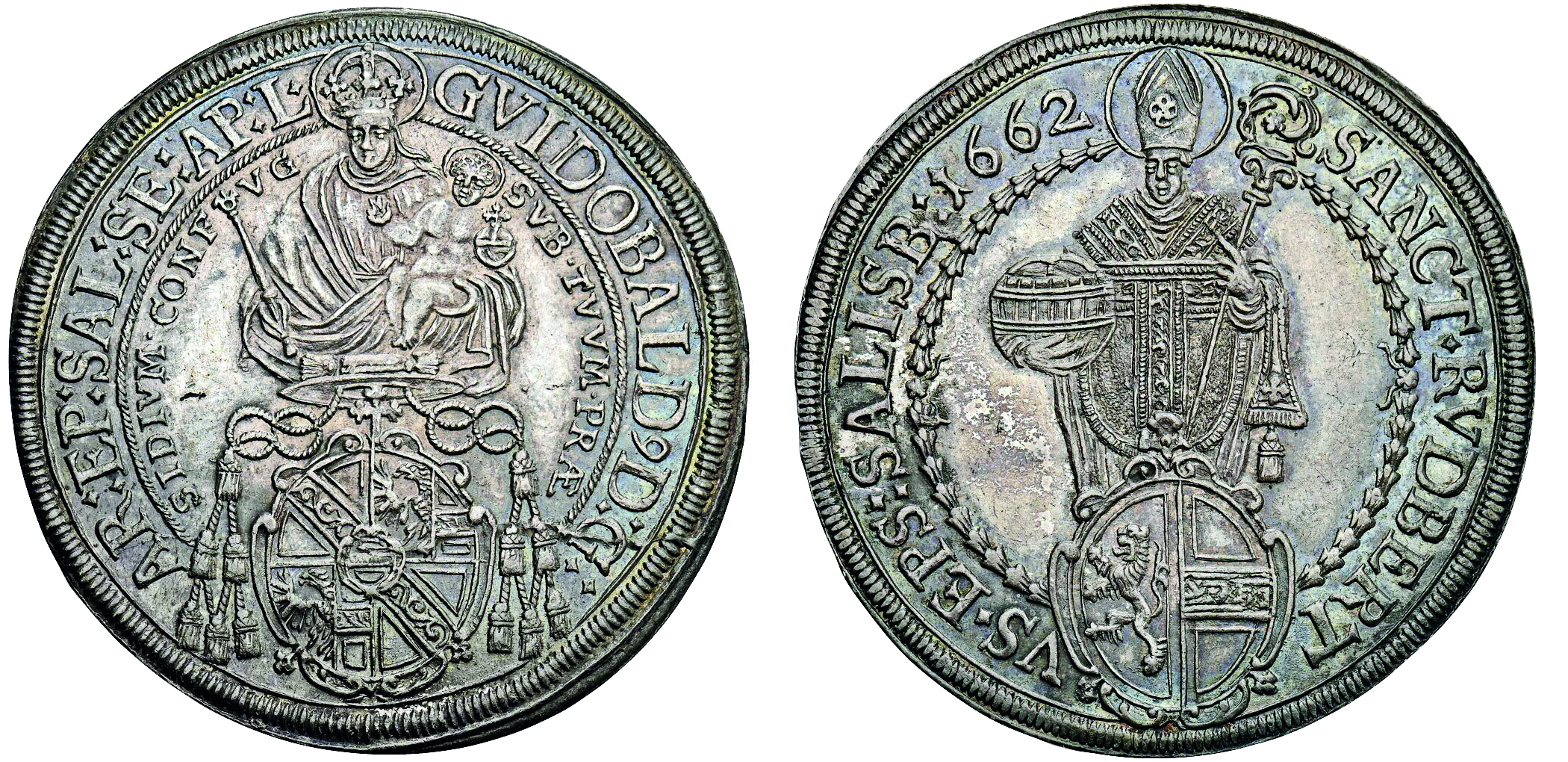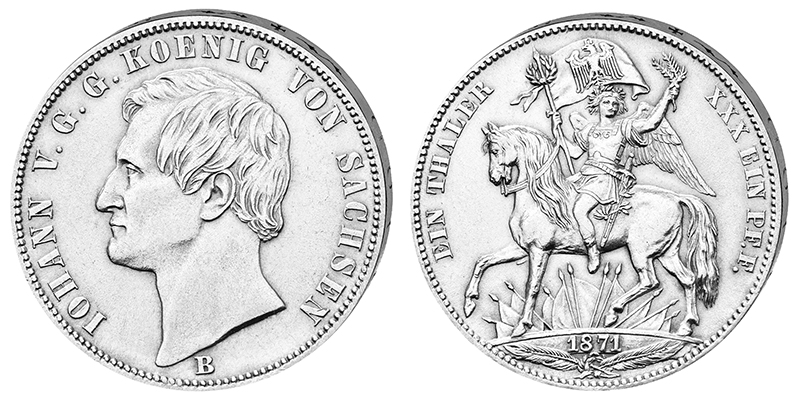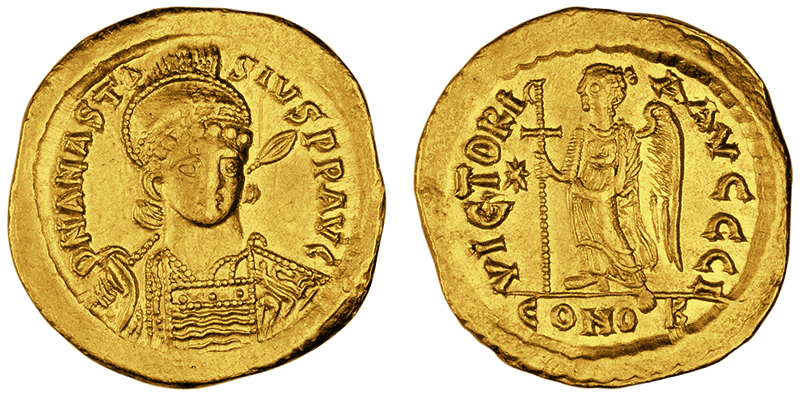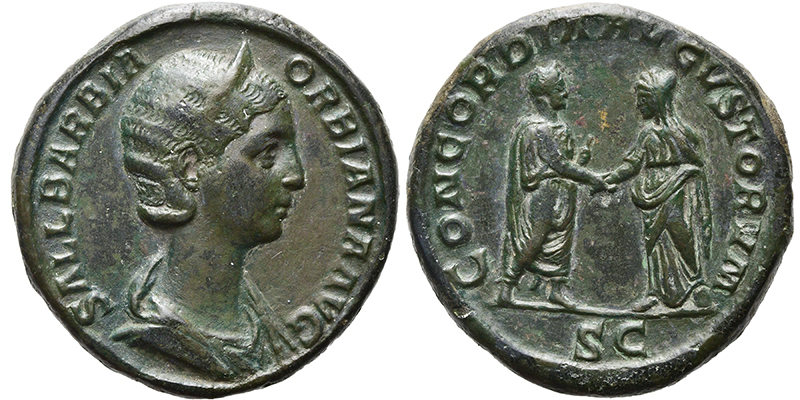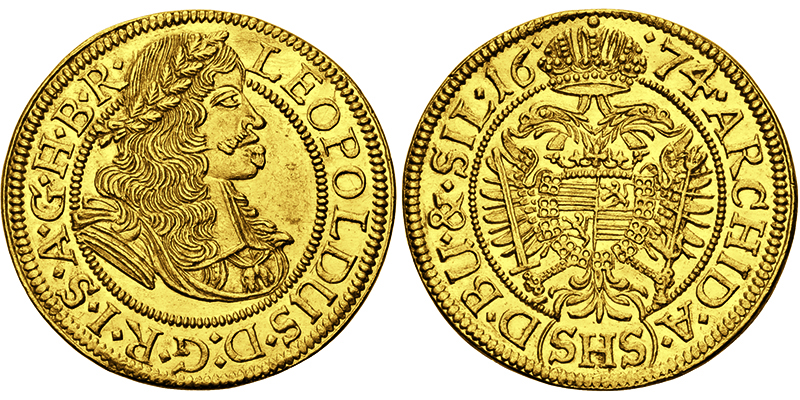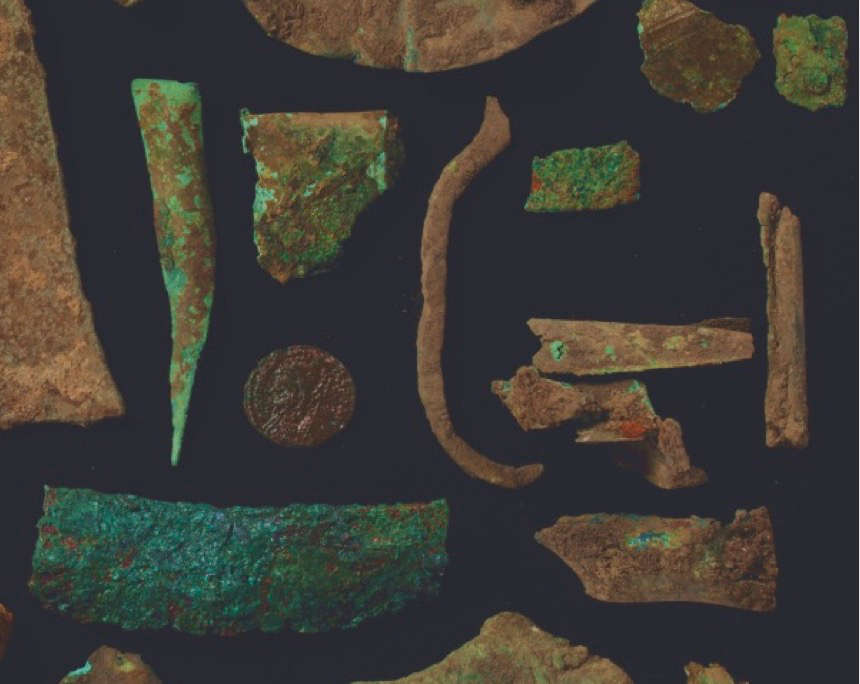Conference Report: Coining Values: Bronze between Money and Scrap
By Claire Franklin Werz
A conference dedicated entirely to archaeological bronze finds would seem at first glance like a strange idea, but the purpose of this fascinating conference was to bring together academics from across Europe who study numerous sites and areas on the outer regions and borders of the Roman Empire and beyond in late antiquity, where trade interactions were obviously taking place but for whom the concept of “money” in a traditional sense either did not exist or only had a limited value.
In these regions there are often many bronze finds, but what value was attached to them? Was the metal viewed as a valuable resource, and if so, how was this indicated in the way it was worked, traded and stored? These are obviously difficult ideas to define, especially in regions where the archaeological record itself is scanty and hard to interpret. The speakers were all experienced researchers in their fields, but came from a range of countries including Germany, the USA, Great Britain, Switzerland, Italy, Poland and Ukraine and explored the themes in many different ways in their presentations.
The organisers themselves – Anna Flückiger and Jan Bemmann from the University of Bonn – took a very open-minded approach, outlining the general problems and explaining that they were interested in seeing how other researchers approached them.
- After the introduction, Fleur Kemmers (Frankfurt am Main) explored the role of money in the social construction of value: its role as a medium of exchange, its material qualities, social characteristics and applied these anthropological ideas to the early Roman bronze currency of aes rude, explaining that social acceptability was a key feature of such “currencies”, despite the fact that with aes rude it is difficult to see which authority is responsible for its output.
- Ralph W. Matheisen (University of Illinois) looked at the role of base metals in Roman law, administration and culture from a philological angle, exploring some of the ancient terms for different metals and the written evidence for metal use: the codes of Diocletian and Theodosius frequently include laws relating to the use and production of metals, and the words for various metals can also in some circumstances be used to indicate coinage in those metals.
- Anna Flückiger (Universität Basel/ Bonn) examined the use of hackbronze whereas the term “Hacksilber/ hacksilver” is common in archaeology, bronze scrap is also widely found in archaeological sites and may also have been used in specific weight units to supplement the monetary system, with a certain amount of overlap between coins and “coin-like” items.
- Philip Smither (Portable Antiquities Scheme, Great Britain and University of Kent) presented late Roman bronze coin finds from Richborough in East Kent (the site of the A.D. 43 Roman invasion of Britain), where more than 50,000 coins have been excavated, a large proportion of which date from 388-402 A.D., alongside late Roman brooches and other metal scrap, suggesting that a certain amount of metal recycling was taking place there.
- Ellen Swift (University of Kent) discussed the question of object value in post-Roman Britain, when grave goods become scarce after the collapse in local metal production, asking how wealth could be transferred from one owner to another and looking at the re-use of metal objects from earlier periods, including pierced Roman coins.
- Fraser Hunter (National Museum of Scotland, Edinburgh) discussed finds of hacksilver in Britain in the 2nd-7th Centuries A.D., where it is found on both sides of the frontier, and showed how plate silver was often cut into pieces corresponding to specific weight units.
On Friday, the conference continued.
- Eckhard Wirbelauer (Université de Strasbourg, France) presented evidence for the use of “argentei minuti” in Alsace based on grave finds of the late Roman to early Medieval period in Niedernai.
- David Wigg-Wolf (Frankfurt am Main/ DAI, Germany) questioned what happened after coins when the mints ceased production in late Roman Germany, and discussed some theoretical approaches to money and trade relevant to the social structures of the late and post Roman period.
- Rahel Otte (University of Bonn) presented a hoard from Rheindalen (Rheinland) in Germany, and looked at coin circulation in the area: a large number of barbarous radiates have been found in a rural settlement behind the limes, in an area with copious evidence of Germanic settlers and also local production of radiate coins.
- Markus Peter (University of Basel/ Augst, Switzerland) presented some Swiss coin hoards, including Ueken and Kallnach, which contain radiate coins dating prior to the monetary reform of Diocletian in 293/4 which had been removed from circulation, suggesting the owner may have been waiting for better times to exchange the coins which never came.
- Marcus Zagermann (University of Freiburg) presented the extensive finds of scrap metals which were stored by ancient inhabitants of a remote late antique hill settlement in San Martino (Lomaso, Trentino) and signs of metalworking there.
- Alessandro Bona (Università Cattolica del Sacro Cuore, Milan) discussed monetary circulation in Mediolanum (Milan) in the 5th Century A.D. and presented some late Roman coin finds from areas of the ancient city.
- Giulia Bison (University of Leicester, UK) examined the situation in Rome itself, looking at the change in the use and perception of public spaces in the late Empire, and addressed the question of bronze recycling of statues and other artefacts and the nature of the scrap metal trade in the capital.
- Holger Komnick (Universität Bonn) looked at the find distribution of late Roman small bronze coins from the second half of the 4th Century A.D. in Central/Eastern Germany.
- Aleksander Bursche, Kirill Myzgin and Anna Zapolska (University of Warsaw) gave a presentation jointly on Roman bronzes in East Central Barbaricum, looking at how Roman coins and metal objects are represented in finds East of the Limes, in Eastern Germany, Poland and Ukraine.
- Continuing the theme of coin circulation outside the Roman Empire in Barbaricum, Anna Zapolska looked at coin finds and their usage and function in Western Baltic societies.
- Peter Bray (University of Reading, UK) adressed some of the problems in the field as a metallurgist, examining Roman and early Medieval alloys and their structures and tracing the history of objects recycled in antiquity through their chemical composition. In particular he talked about the British Cunetio Hoard of third century radiates, pointing to a difference in metal composition between coins of the Gallic Empire and those of the Central Roman Empire.
- Thomas Schierl (Universität Marburg, Germany) looked at the socio-economic aspects of bronze in the Central German Bronze Age – outside the borders of the Roman Empire – with reference to finds of bronze brooches in Thüringen, where local societies copied Roman styles.
This was a very wide-reaching, vibrant and multi-faceted conference on the interfaces between metal use and coinage, bringing together international researchers concerned with very different archaeological sites and contexts. Some presentations dealt with theoretical approaches to the material, while others discussed specific metal finds from a particular findspot or region. With such a wide range, it was difficult to find an overall synthesis, but as a numismatist it was interesting to think about the relationship of (bronze) coin finds to other metal find objects. All in all the papers show that European research into the varied landscapes of the late and post-Roman world is alive and well.







